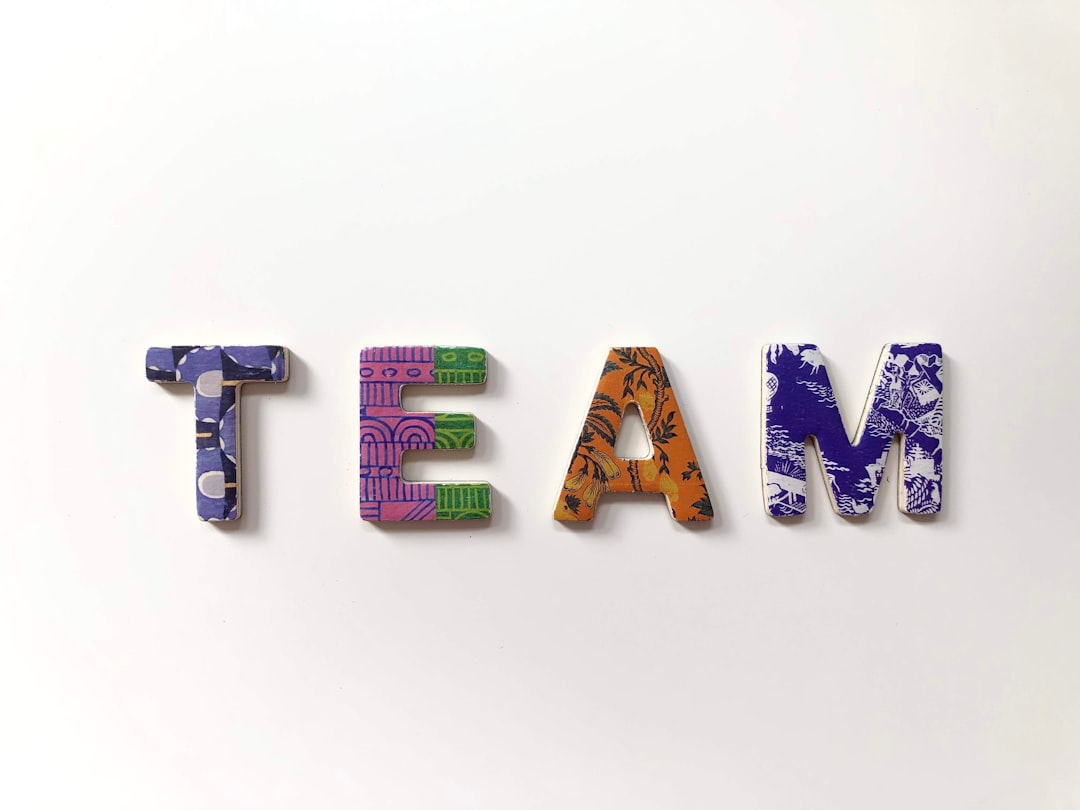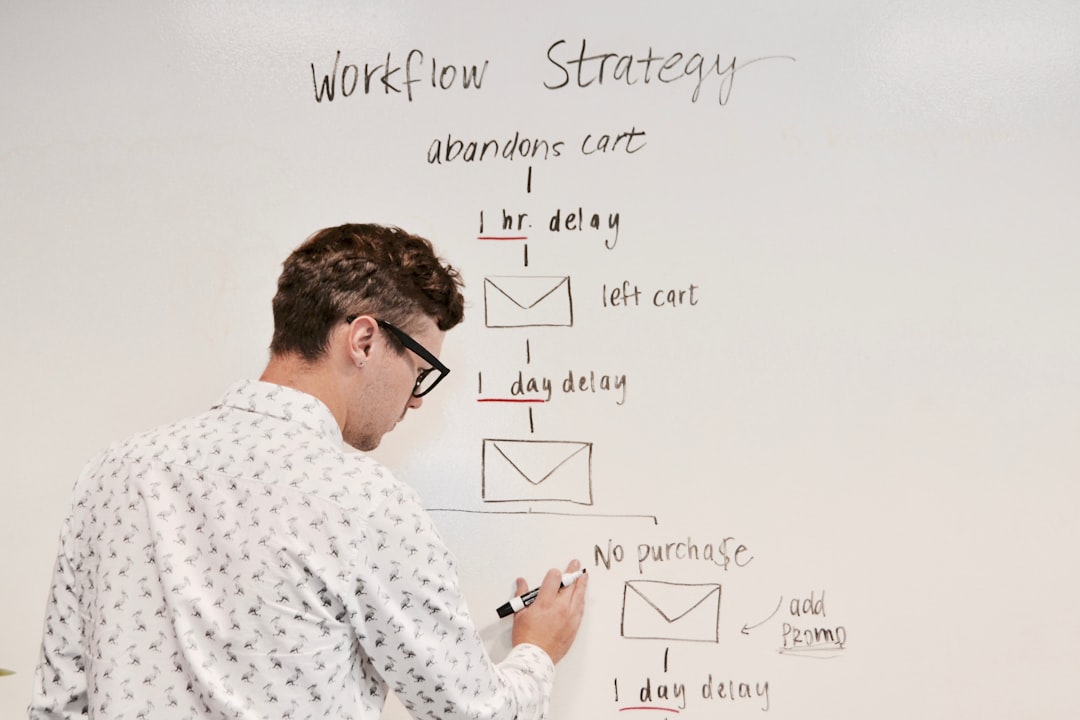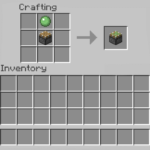Imagine your team is building a rocket. Not a real one – a metaphorical one, like launching a new product or completing a big project. Now, what if I told you there’s a secret fuel that helps teams launch that rocket 33% faster and right on schedule? That fuel is called a task management system.
These nifty tools are changing how teams work. They’re faster than email chains, more organized than sticky notes, and way less chaotic than shouting across the room.
So, what exactly is a task management system?
Think of it like your team’s digital command center. It helps you:
- Assign tasks
- Track progress
- Set deadlines
- Share files
- Collaborate in real time
It’s a place where everyone knows what to do, when to do it, and how it fits into the bigger picture.
Why does it speed things up?
Great question. Because a task management system makes work visible. When tasks are visible, they become easier to plan, monitor, and adjust.
Here’s how that visibility makes teams work 33% faster:
- Clear priorities: When everyone knows their task, they don’t waste time figuring it out.
- Fewer meetings: Instead of daily check-ins, updates are available for everyone to see.
- Faster decisions: Collaboration tools mean less back-and-forth and quicker approvals.
- Reduced rework: Everyone sees what’s done and what needs attention, minimizing duplicate work.

The power of deadlines
Deadlines are like GPS directions for your project. Without them, you’re just wandering around hoping to reach the finish line. But with a task management system, deadlines don’t just exist – they shine.
Here’s how these systems help teams stay on deadline:
- Automatic reminders: Tasks come with gentle nudges so nothing slips through.
- Dependency tracking: Some tools won’t let you miss a step, because one task can’t start until another ends.
- Progress charts: Fancy graphs and boards help track progress in real time.
- Workload balancing: Managers can see who’s overloaded and shift tasks to even things out.
Suddenly, missing a deadline becomes the exception – not the rule.
Let’s talk about teamwork
We’ve all heard the phrase “teamwork makes the dream work.” But teamwork falls apart when people don’t communicate. That’s where task management steps in as the ultimate team glue.
Here’s what it improves:
- Communication: Built-in messaging and tagging keep conversations in one place.
- Transparency: Everyone can see who’s doing what and when.
- Accountability: When your name’s attached to a task, you’re more likely to get it done.

Real-life results
Companies using these systems report big wins. One study found that teams using task managers finished projects 33% faster. They also hit their deadlines much more frequently.
Why? Because everyone’s on the same page – literally and figuratively.
Let’s look at some examples:
- Marketing teams can launch campaigns without missing a step.
- Software engineers can track bugs, features, and code reviews in one place.
- Designers can get feedback fast, make changes, and meet visual standards with clarity.
Popular task management systems
There’s no shortage of tools out there. Some fan favorites include:
- Asana: Great for managing tasks and timelines visually.
- Trello: Uses a card system and is super simple for small teams.
- ClickUp: Highly customizable with tons of features.
- Jira: Favorite of software teams who need to track bugs and features.
Each tool has its vibe, but they all help kick slow progress to the curb.
Tips to go 33% faster
Just installing a tool isn’t enough. You need to nail the setup and get buy-in from the team. Here are some tips to get results:
- Start small: Begin with one project and get used to the system.
- Train your team: A little walkthrough goes a long way.
- Use templates: Save time by reusing proven workflows.
- Make it a habit: Encourage daily check-ins and use of the tool.
The productivity domino effect
One good thing leads to another. Managing tasks better means:
- Less stress
- Fewer last-minute changes
- More time for creative work
- Happier clients and customers
This is what we call the productivity domino effect. Once it starts, it’s hard to stop.
The takeaway
Task management systems are more than just digital to-do lists. They’re project speed boosters that help teams get organized, stay on track, and finish work faster.
No more missed deadlines. No more guessing who’s doing what. Just clear paths, faster launches, and way fewer headaches.
So, if your team hasn’t tried one yet, this might be the sign you’ve been waiting for. Because completing projects 33% faster isn’t magic – it’s smarter teamwork.




